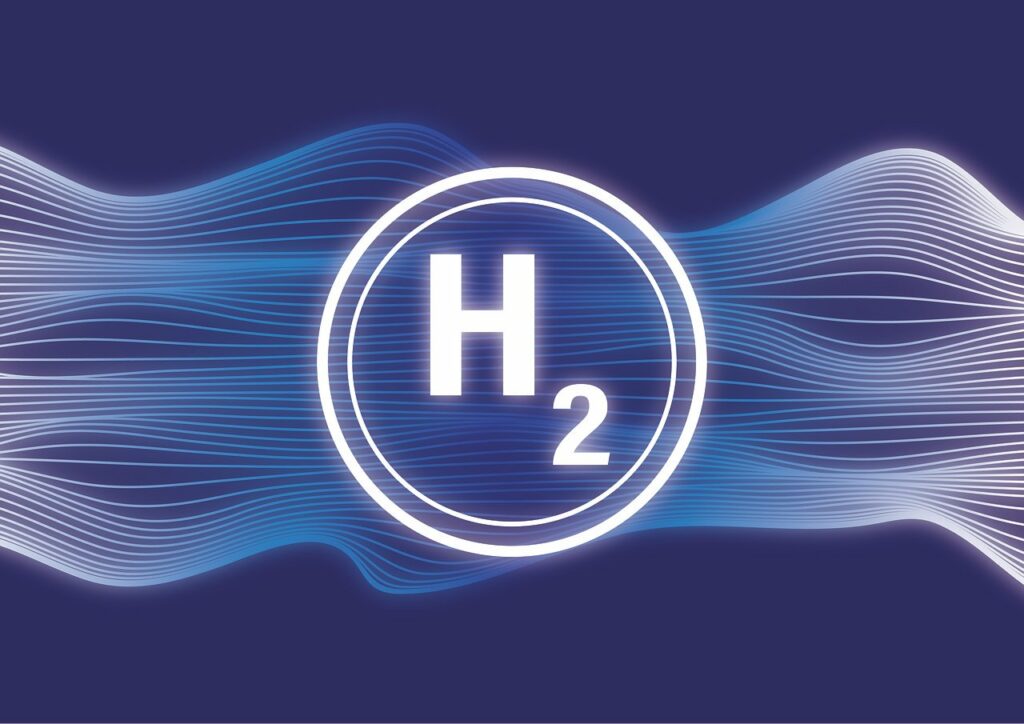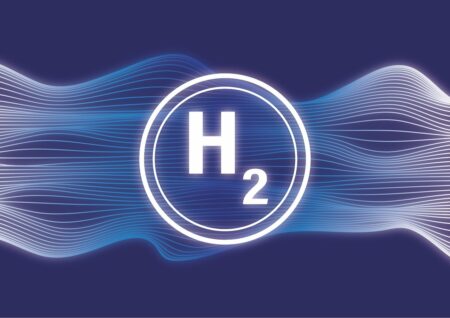The Cook Government recently released a Public Knowledge Sharing Report on the Denham Renewable Hydrogen Microgrid, marking Australia’s first operational project of its kind.
This initiative integrates a 704-kilowatt solar farm, a 348kW hydrogen electrolyser, and a 100kW fuel cell to offer an innovative alternative to diesel generators. While the project promises to offset 140,000 litres of diesel annually, this article critically examines the achievements and challenges associated with the Denham microgrid, comparing it to industry benchmarks.
The Denham Renewable Hydrogen Microgrid stands out for its unique integration of renewable energy and hydrogen components. By combining solar power with hydrogen production and storage, the microgrid represents a significant step forward in renewable energy technology. The use of a hydrogen electrolyser to produce hydrogen from solar energy and a fuel cell to convert hydrogen back into electricity highlights the project’s innovative approach to creating a sustainable energy solution for remote areas.
Despite its innovative approach, the Denham microgrid’s capacity remains modest when compared to larger-scale projects worldwide. For instance, Japan’s Fukushima Hydrogen Energy Research Field (FH2R) boasts a 10MW hydrogen production facility, significantly larger than Denham’s 348kW electrolyser. This comparison underscores the need for scaling up hydrogen projects in Australia to compete globally and achieve broader impact.
Economically, the Denham project is expected to reduce diesel dependence, translating into cost savings and reduced emissions. However, the financial feasibility of hydrogen projects remains a concern. The high initial investment costs and the current price of hydrogen production are significant barriers. As the technology matures and economies of scale are realized, these costs are expected to decrease, making hydrogen more competitive with traditional energy sources.
Environmentally, the project promises substantial benefits by displacing diesel, thereby reducing greenhouse gas emissions. The projected offset of 140,000 litres of diesel annually is a commendable achievement. However, the overall impact on Australia’s carbon footprint will depend on the replication and scaling up of similar projects across the nation.
The Public Knowledge Sharing Report aims to disseminate learnings from the Denham project, covering technology, costs, regulatory requirements, and community sentiment. This transparency is crucial for fostering broader acceptance of hydrogen technology. However, the success of future projects will hinge on addressing public concerns about safety, reliability, and environmental impact.
Community engagement in Denham has been positive, with the project demonstrating the practical benefits of hydrogen in reducing diesel reliance. As Acting Energy Minister Dr. Tony Buti noted, the project offers a model for other regional communities connected to microgrids, potentially enhancing energy security and sustainability.

